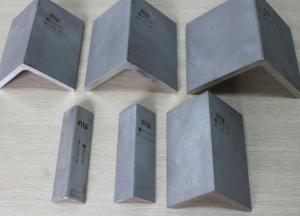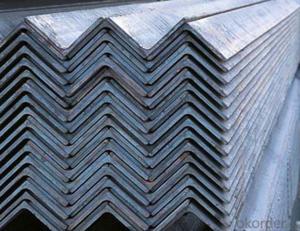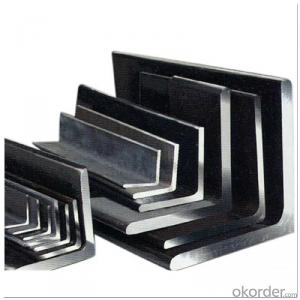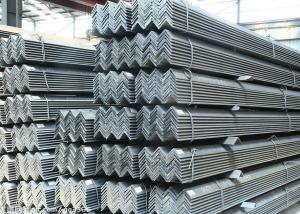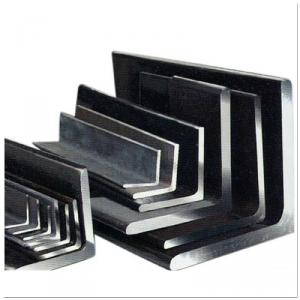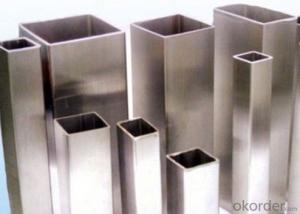Stainless Steel Angles
Stainless Steel Angles Related Searches
Best Paint For Stainless Steel Blanket Insulation For Steel Buildings Primer For Galvanized Steel Foam Filter For Stainless Steel H S Code For Stainless Steel Surface Grinding Wheels For Stainless Steel Surface Grinding Wheels For Hardened Steel Hole Saw For Stainless Steel Paint For Stainless Steel Stainless Steel For BbqHot Searches
Steel Mesh Panels For Sale Price For Stainless Steel Scrap Scrap Price For Stainless Steel Price For Stainless Steel Stainless Steel Tank For Sale Stainless Steel Sheets For Sale Cheap High Tea Sets For Sale Stainless Steel Tanks For Sale Stainless Steel For Sale High Density Fiberboard For Sale Solar Hot Water Collectors For Sale Scaffolding For Sale In Uae Scaffolding For Sale In Ireland Scaffolding For Sale In Houston Type Of Inverter For Solar Price Of Shipping Containers For Sale Types Of Inverter For Solar Stock Price For Aluminum Used Solar Inverter For Sale Steel Mesh Panels For SaleStainless Steel Angles Supplier & Manufacturer from China
Okorder.com is a professional Stainless Steel Angles supplier & manufacturer, offers integrated one-stop services including real-time quoting and online cargo tracking. We are funded by CNBM Group, a Fortune 500 enterprise and the largest Stainless Steel Angles firm in China.Hot Products
FAQ
- Yes, stainless steel angles can be used in mining industries. Stainless steel is highly resistant to corrosion, making it suitable for use in environments with high moisture, chemicals, and exposure to abrasive materials. It is commonly used in the construction of mining equipment, conveyor systems, and structural components due to its durability and strength.
- Stainless steel angles are available in various shapes including equal angles, unequal angles, L-shaped angles, and rounded angles.
- Due to their unique composition, stainless steel angles possess a remarkable resistance to staining. Composed primarily of iron and chromium, with additional alloying elements like nickel and molybdenum to enhance their resistance to corrosion, these angles form a passive oxide layer on their surface, preventing any reaction with oxygen and moisture in the surrounding environment. This oxide layer acts as a protective barrier against various staining agents, including food, beverages, chemicals, and even fingerprints. As a result, stainless steel angles exhibit a high resistance to rust, corrosion, and staining. Moreover, their smooth surface makes it challenging for stains to adhere, facilitating easy cleaning and maintenance. In applications where stain resistance is of utmost importance, such as kitchen countertops, laboratory equipment, and medical devices, stainless steel angles are frequently chosen due to their exceptional resistance to staining. They provide a durable and hygienic solution that retains its aesthetic appeal even after prolonged exposure to staining agents.
- Yes, stainless steel angle is recyclable. Stainless steel is a highly recyclable material that can be melted down and reused to make new products.
- Stainless steel angles can be finished in various ways, each with its own distinct characteristics and advantages. Some commonly used surface finishes include: 1. The standard finish for stainless steel angles is called the mill finish. It has a rough and dull appearance and is often used in applications where aesthetics are not a priority. 2. Another type of finish is the brushed finish, also known as the satin finish. This finish is achieved by brushing the stainless steel with an abrasive material, resulting in a smooth, brushed appearance. It is commonly used in architectural and decorative applications. 3. The most reflective surface finish for stainless steel angles is the mirror finish. This finish is achieved by polishing the stainless steel to a high gloss level, creating a mirror-like appearance. It is often used in applications where a highly reflective surface is desired, such as decorative pieces or for easy cleaning. 4. The bead blast finish is created by propelling tiny glass beads at high velocity onto the surface of the stainless steel angle. This produces a uniform, matte appearance with a slightly textured feel. The bead blast finish is commonly used in applications where a non-reflective surface is desired, such as for light diffusing or to minimize glare. 5. The etched finish is achieved by chemically etching the stainless steel angle with an acid or other corrosive substance. This creates a pattern or design on the surface, giving it a unique and decorative look. The etched finish is commonly used in architectural applications or for branding purposes. 6. The powder coated finish involves applying a dry powder paint to the surface of the stainless steel angle and then baking it to create a durable and attractive coating. This finish provides excellent corrosion resistance and is available in a wide range of colors and textures. These examples demonstrate the variety of surface finishes available for stainless steel angles. The choice of finish depends on the specific requirements of the application, including aesthetics, functionality, and durability.
- Indeed, stainless steel angles are an excellent choice for fencing purposes. Their durability, strength, and resistance to corrosion make stainless steel a favored option when it comes to fencing materials. In addition, stainless steel angles serve as a robust framework for fences, capable of withstanding even the harshest weather conditions, which makes them perfect for outdoor applications. Moreover, stainless steel's sleek and contemporary look enhances the aesthetic charm of the fence. Whether utilized in residential, commercial, or industrial fencing projects, stainless steel angles guarantee reliability and longevity.
- Certainly, the utilization of stainless steel angle is possible in oil and gas industry applications. The exceptional resistance of stainless steel to corrosion renders it a perfect material for deployment in settings with substantial exposure to oil, gas, and other chemical substances. The robustness and durability of stainless steel angle frequently lead to its employment in the creation of platforms, supports, and frameworks within the oil and gas industry. Moreover, stainless steel possesses remarkable heat resistance qualities, enabling it to endure the elevated temperatures commonly encountered in oil and gas operations. In general, stainless steel angle proves itself as a dependable and adaptable substance for a wide array of applications in the oil and gas industry.
- The specific heat capacity of stainless steel angles can vary depending on the specific alloy and composition of the stainless steel. Stainless steel is a broad term that encompasses a wide range of iron-based alloys with varying amounts of chromium, nickel, and other elements. As a result, the specific heat capacity can range from approximately 0.46 to 0.51 joules per gram per degree Celsius (J/g°C) for most stainless steel alloys. However, it is important to note that this value can also be influenced by other factors such as the temperature range and any heat treatment the stainless steel has undergone.
















